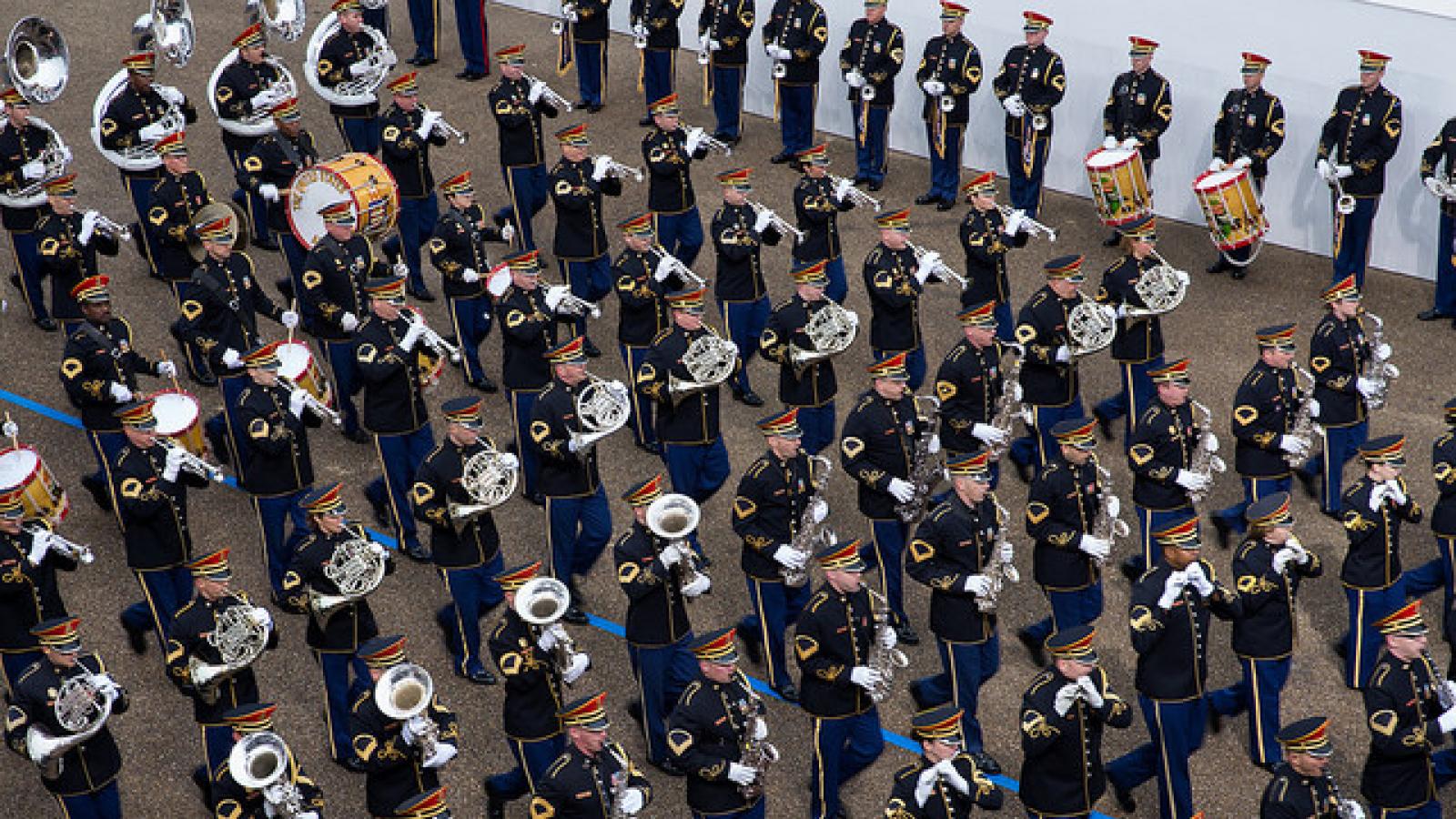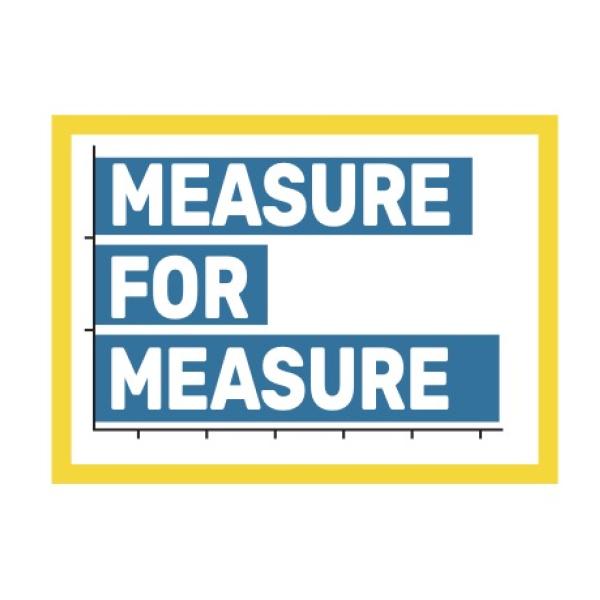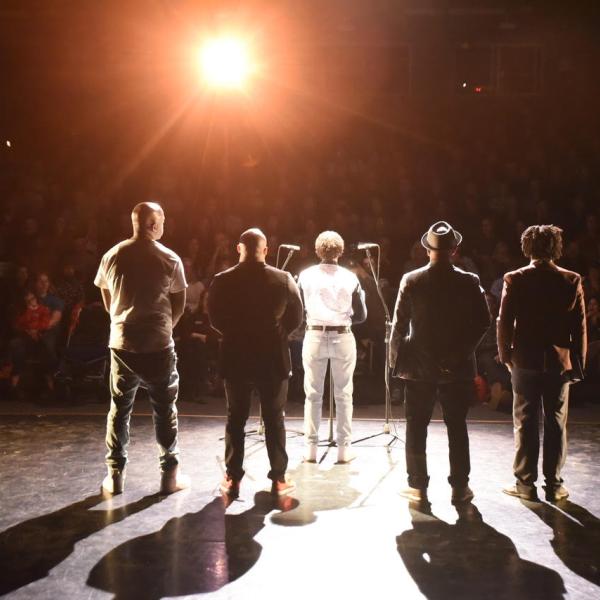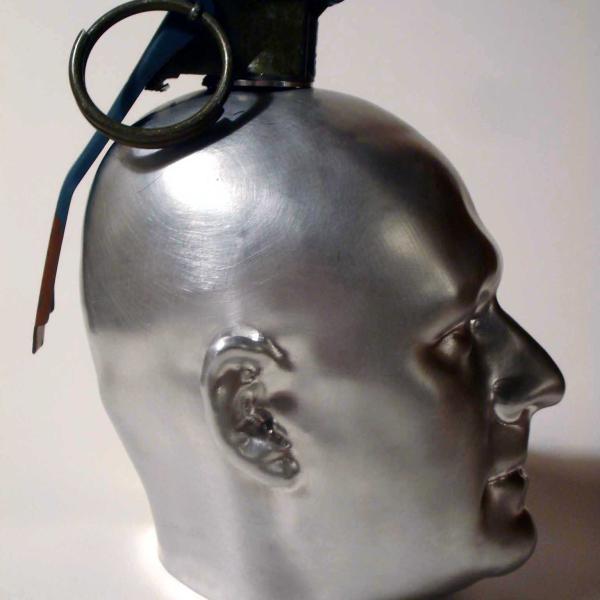Taking Note: U.S. Army Bands & Music Analytics

The Chief of Army Music has set up an “Army Music Analytics Team to define and gather data points to regularly collect information from Army bands to report quantifiable effects on event performance, audience engagement, and messaging,” according to a recent report from the Government Accountability Office (GAO).
This research is intended to feature collaborations with “academia and industry to obtain insights and identify metrics that can be used to demonstrate the effectiveness of Army bands.” Department of Defense (DoD) officials have agreed to “establish standard metrics to collect [data] on events performance by bands.” This new information, GAO says, will be folded into DoD’s guidance on implementing community-relations programs across the services.
Jonathan Crane, a chief warrant officer at West Point (the United States Military Academy) is a research analyst on the Army’s new Music Analytics Team, whose activities may lead to creation of a new Music Research Center at West Point. The team is interested in gathering and reviewing scientific evidence about music’s relationship to a variety of positive outcomes, especially those related to military service and leadership.
Current and future NEA research may contribute to some of that science. Through the NEA’s Research Labs and its research grants—and also through its Creative Forces partnership with the U.S. military—the agency supports studies of the physical, cognitive, and social/emotional effects of music and other arts on different contexts and populations. Moreover, the National Institutes of Health (NIH) and the John F. Kennedy Center for the Performing Arts, in association with the NEA, have channeled growing interest on behalf of biomedical and behavioral researchers to study music, healing, and the brain. This initiative could produce targeted funding opportunities at NIH.




